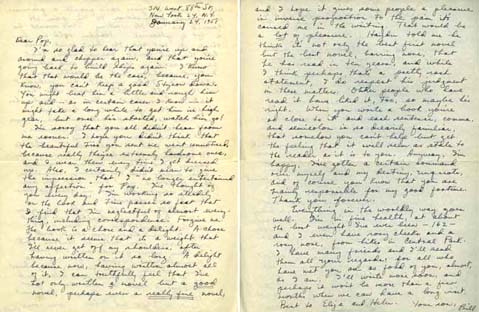The Long March (9 page)
Authors: William Styron

Culver started to limp toward him, said, “Al—” in an effort to help him along, but just then one of the Negro maids employed in the place came swinging along with a mop, stopped, seeing Mannix, ceased the singsong little tune she was humming, too, and said, “Oh my, you poor man. What you been doin’? Do it hurt?” Culver halted.
“Do it hurt?” she repeated. “Oh, I bet it does. Deed it does.” Mannix looked up at her across the short yards that separated them, silent, blinking. Culver would remember this: the two of them communicating across that chasm one unspoken moment of sympathy and understanding before the woman, spectacled, bandannaed, said again, “Deed it does,” and before, almost at precisely the same instant, the towel slipped away slowly from Mannix’s waist and fell with a soft plop to the floor; Mannix then, standing there, weaving dizzily and clutching for support at the wall, a mass of scars and naked as the day he emerged from his mother’s womb, save for the soap which he held feebly in one hand. He seemed to have neither the strength nor the ability to lean down and retrieve the towel and so he merely stood there huge and naked in the slanting dusty light and blinked and sent toward the woman, finally, a sour, apologetic smile, his words uttered, it seemed to Culver, not with self-pity but only with the tone of a man who, having endured and lasted, was too weary to tell her anything but what was true.
“Deed it does,” he said.
W
illiam Styron was born on June 11, 1925, in Newport News, Virginia, to W.C. and Pauline Styron. He was one of the preeminent American authors of his generation. His works, which include the bestseller
Sophie’s Choice
(1979) and the Pulitzer Prize-winning
The Confessions of Nat Turner
(1967), garnered broad acclaim for their elegant prose and insights into human psychology. Styron’s fiction and nonfiction writings draw heavily from the events of his life, including his Southern upbringing, his mother’s death from cancer in 1939, his family history of slave ownership, and his experience as a United States marine.
Growing up, Styron was an average student with a rebellious streak, but his unique literary talent was markedly apparent from a young age. After high school, he attended Davidson College in Charlotte, North Carolina, for a year in the reserve officer training program before transferring to Duke University, where he worked on his B.A. in literature. Styron was called up into the marines after just four terms at Duke, but World War II ended while he was in San Francisco awaiting deployment to the Pacific, just before the planned invasion of Japan. He then finished his studies and moved to New York City, taking a job in the editorial department of the publisher McGraw-Hill.
W.C.’s recognition of his son’s potential was crucial to Styron’s development as a writer, especially as W.C., an engineer at the Newport News Shipbuilding and Drydock Company, provided financial support while his son wrote his first novel,
Lie Down in Darkness
(1951). Published when Styron was twenty-six years old,
Lie Down in Darkness
was a critical and commercial success, and the culmination of years spent perfecting his manuscript. Shortly after the book’s publication, however, Styron was recalled to military service as a reservist during the Korean War. His experience at a training camp in North Carolina later became the source material for his anti-war novella
The Long March
(1953), which Norman Mailer proclaimed “as good an eighty pages as any American has written since the war, and I really think it’s much more than that.”
Starting in 1952, after his service in the reserves, Styron lived in Europe for two years, where he was a founding member, with George Plimpton and Peter Matthiessen, of
The Paris Review
. He also met and married his wife, Rose, with whom he went on to have four children. Styron’s second major novel,
Set This House on Fire
(1960), drew upon his time in Europe. He spent years preparing and writing the subsequent novel,
The Confessions of Nat Turner
(1967), which became his most celebrated—and most controversial—work. Published at the height of the civil rights movement, the novel won the Pulitzer Prize and was hailed as a complex and sympathetic portrait of Turner, though it was criticized by some who objected to a white author interpreting the thoughts and actions of the black leader of a slave revolt. Styron followed with another bestseller,
Sophie’s Choice
(1979), the winner of the 1980 National Book Award. The novel, which was made into an Academy Award-winning film of the same name, borrowed from Styron’s experience at McGraw-Hill as well as his interest in the psychological links between the Holocaust and American slavery.
In 1982, Styron published his first compilation of essays,
This Quiet Dust
. Three years later he was beset by a deep clinical depression, which he wrote about in his acclaimed memoir
Darkness Visible
(1990). The book traces his journey from near-suicide to recovery. His next book,
A Tidewater Morning
(1993), was perhaps his most autobiographical work of fiction. It recalled three stories of the fictional Paul Whitehurst, one of which depicted Whitehurst’s mother’s death when he was a young boy, an event that mirrored Pauline Styron’s death when Styron was thirteen years old. The book was Styron’s last major work of fiction. He spent the remainder of his life with Rose, writing letters and dividing his time between Roxbury, Connecticut, and Martha’s Vineyard. William Styron died of pneumonia on November 1, 2006.
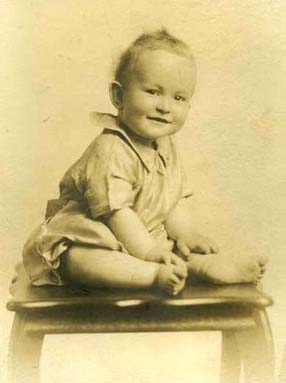
William Styron in 1926 at ten months old. He was an only child, born in a seaside hospital in Newport News, Virginia. As an adult, Styron would describe his childhood as happy, secure, and relatively uneventful.
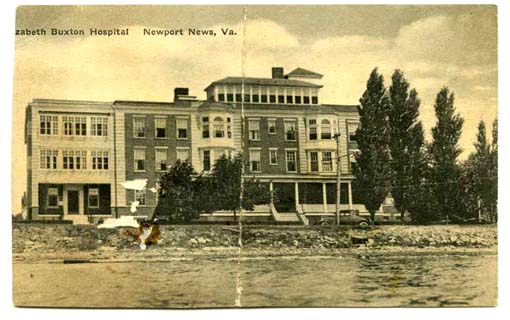
The Elizabeth Buxton Hospital in Newport News, Virginia, in 1927, two years after William Styron’s birth. Styron was born on the second floor, delivered by Dr. Joseph T. Buxton, whose daughter, Elizabeth, would become Styron’s stepmother in 1941.

The house where Styron grew up, in Newport News, Virginia, and where he lived with his family from 1925 until he was fifteen. Styron’s youth in Newport News instilled in him a sense of the tangibility of history that would later form the bedrock of many of his novels.
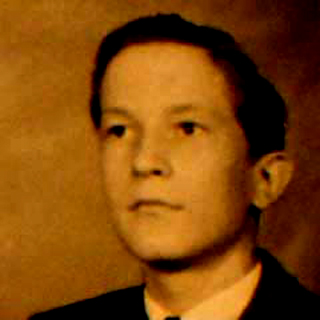
The photo from Styron’s sophomore-year high school yearbook, taken in 1939. He did poorly in school that year, earning mostly Cs and Ds and getting in trouble for disobedience. His father sent him to Christchurch boarding school in Virginia in 1940 to finish his last two years of high school, hoping the change would make Styron more focused and disciplined.

As a youth, Styron worked at the Hilton Village Movie Theater in Newport News. It was in this theater that he first saw movies such as
The Hunchback of Notre Dame
and
The Grapes of Wrath,
which sparked his lifelong interest in film. Today, the building, above, is home to the Peninsula Community Theatre, which presents musicals, dramas, and children’s plays.
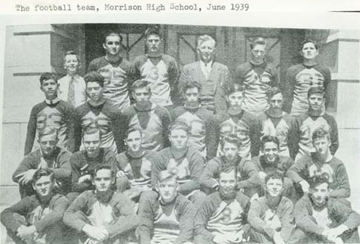
It was while traveling as the manager of his high school football team that William Styron, top left in the photograph above, first saw the historical marker commemorating the 1831 Nat Turner slave rebellion that would ultimately inspire his Pulitzer Prize-winning novel,
The Confessions of Nat Turner
.
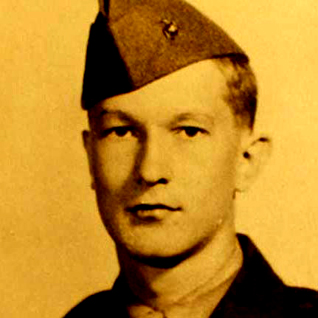
Styron as a young Marine circa 1944. In training at Parris Island, South Carolina, Styron proved to be a subpar marksman because of a congenital cataract in his right eye, a condition he did not report when enlisting in the military. Determined to avoid getting discharged, the right-handed Styron learned to shoot his M1 rifle left-handed so he could use his left eye as his shooting eye.
